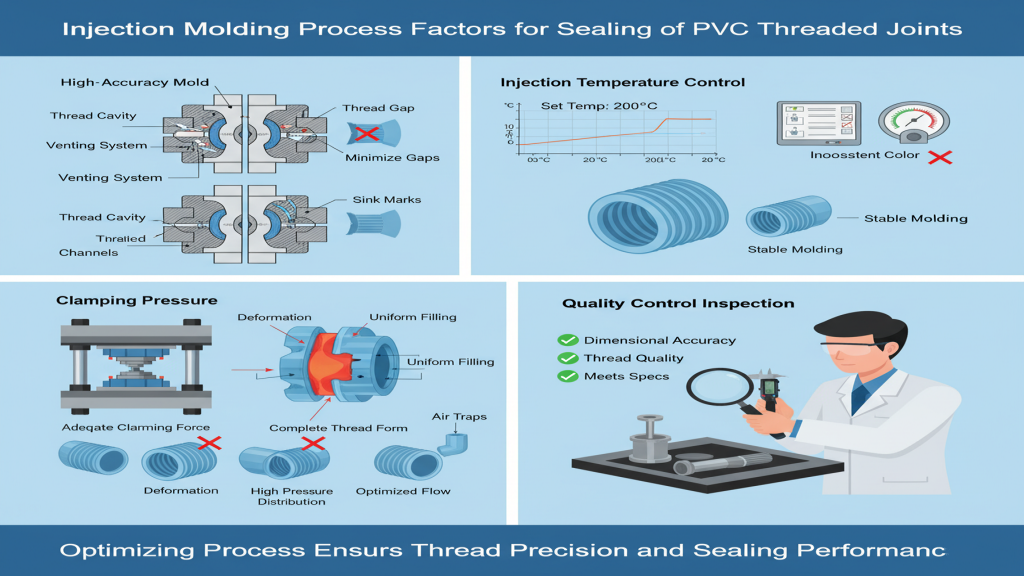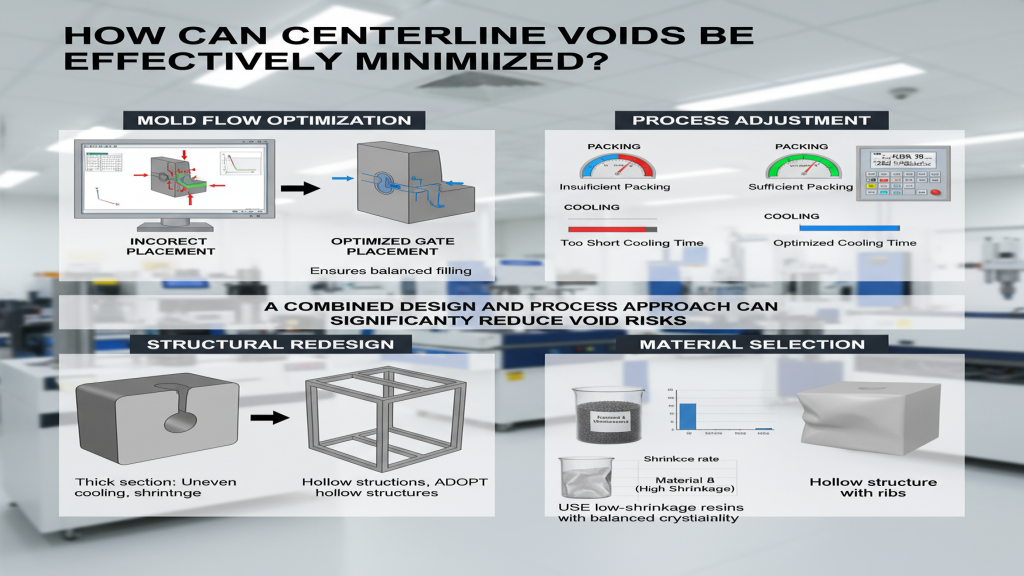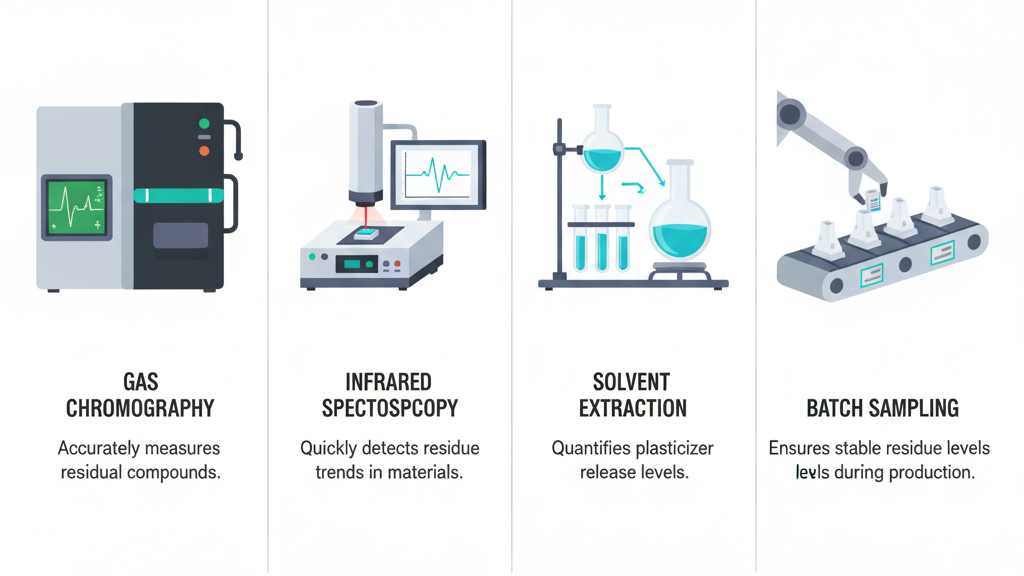
The design of injection-molded products is crucial, but traditional processes are often time-consuming and labor-intensive due to mold modifications. Rapid prototyping has emerged as a solution, enabling the quick and cost-effective generation of physical models. This allows for early evaluation and optimization, significantly reducing later-stage risks and enhancing product quality. This article will explore how to leverage rapid prototyping to optimize the design process for injection-molded products.
The previous section emphasized the importance of rapid prototyping in the design of injection-molded products. Next, we will focus on how to integrate it into various stages of the design process. Different prototyping methods, such as SLA, FDM, and SLS, play a key role in verifying designs, optimizing structures, evaluating assembly, and testing user experience. In-depth analysis of these application scenarios will help us choose the right solution based on our needs, achieving excellent injection-molded product design.
What problems does early design verification solve?

The initial stage of injection-molded product design is crucial, directly determining subsequent development efficiency and product quality. Rapid prototyping plays a key role at this stage, transforming abstract design concepts into tangible physical models, thereby effectively solving a series of core design verification challenges.
- Geometry and Dimensions: Rapid prototyping visually demonstrates the design form, verifying the accuracy of geometric shapes and dimensions, and identifying assembly issues early on.
- Structure and Assembly: Prototyping allows for verifying structural rationality and smooth assembly, avoiding mold modifications due to structural problems later in the process.
- Ergonomics and User Experience: A real model allows evaluation of grip, operation, and interface, enabling early optimization to enhance the product's usability and comfort.
- Visualization of Concepts and Functions: Early prototypes materialize design ideas, facilitating communication and understanding, and ensuring that the design meets market demands.
How do different technologies optimize injection-molded products?
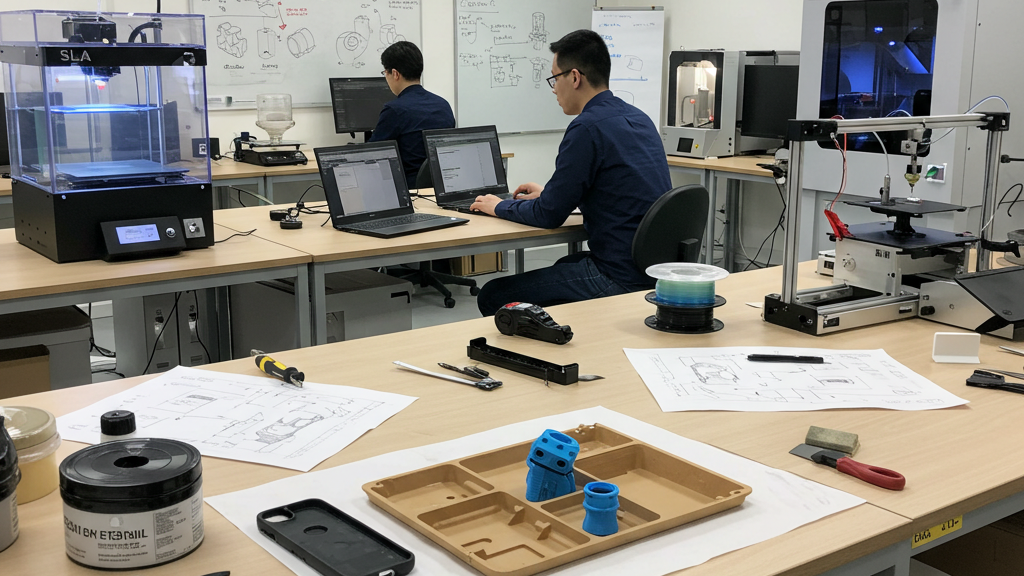
Different rapid prototyping technologies, such as Stereolithography (SLA), Fused Deposition Modeling (FDM), and Selective Laser Sintering (SLS), each possess unique molding principles and material properties. This allows them to demonstrate different advantages and applicability in optimizing the structure, function, and assembly of injection-molded products. Understanding these technological characteristics can help design teams select the most appropriate prototyping method based on specific design requirements and verification goals.
- SLA: High Precision and Surface Quality: SLA excels in high precision and smooth surface finish, making it suitable for prototypes of precision parts with high appearance requirements.
- FDM: Cost-Effectiveness and Material Diversity: FDM has lower costs and a wide selection of materials, making it suitable for quickly verifying designs and conducting functional tests.
- SLS: Complex Geometry and Functional Strength: SLS can produce complex structures with high strength, making it suitable for functional prototypes and performance testing.
- Technology Selection: Comprehensive Requirements are Key: Selecting a prototyping technology requires considering various factors such as size, precision, and material properties.
How does prototyping optimize ergonomics and user experience?
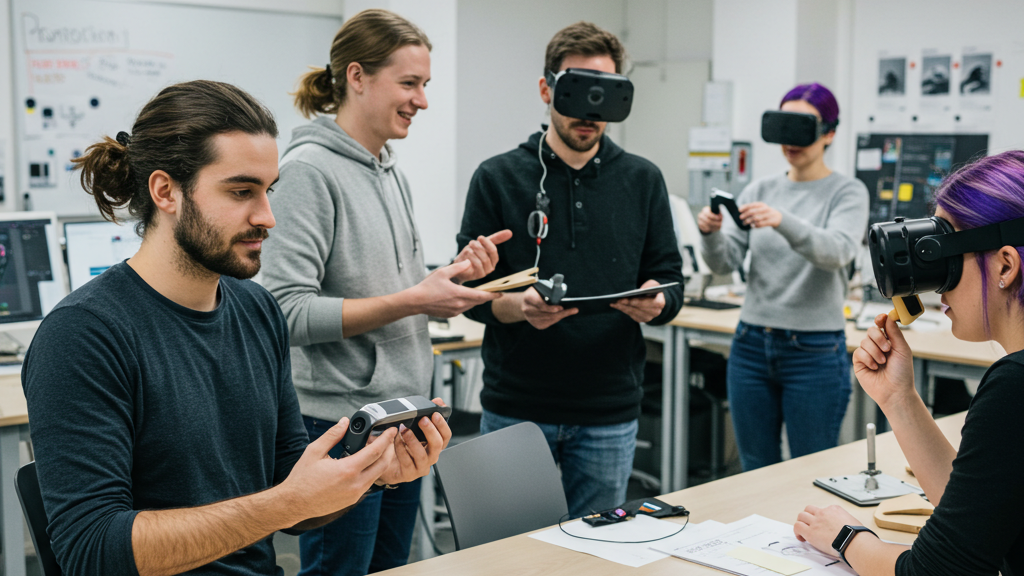
Rapid prototyping is not only limited to verifying the technical feasibility of injection-molded products, but also plays a crucial role in ergonomics evaluation and user experience optimization. By transforming designs into interactive physical models, rapid prototyping helps designers and engineers gain a more intuitive understanding of how users interact with the product, thereby discovering potential design flaws and making improvements.
- Grip and Operation: Physical prototypes provide a real tactile experience, evaluating whether the product's size, shape, and operational comfort meet ergonomic requirements.
- Interaction and Usability: Prototypes simulate user interaction, allowing observation of whether operations are intuitive and smooth, optimizing interfaces and processes to enhance usability.
- User Feedback and Iteration: Early prototypes are used to gather user feedback, guiding rapid design iteration to make the product more aligned with user needs.
- Physical Simulation in Virtual Environments: Combining VR/AR technology, prototypes can simulate usage in virtual scenarios, evaluating the rationality and operability of the design.
Application and advantages of rapid prototyping technology
| Feature | Stereolithography (SLA) | Fused Deposition Modeling (FDM) | Selective Laser Sintering (SLS) |
|---|---|---|---|
| Core Advantages | High Precision, Smooth Surface | Cost-Effective, Material Variety | Complex Geometry, Functional Strength |
| Structure Optimization | Fine and Complex Structures | Quick Verification of Basic Structures | Complex Internal Structures, Integrated Molding |
| Function Optimization | Fit Accuracy and Surface Finish | Preliminary Functional Concept Testing | Strength Verification Close to Final Performance |
| Ergonomics Evaluation | Good Surface, Initial Tactile Assessment | Physical Model, Basic Grip and Operation Assessment | Good Strength, Assessment Close to Actual Operation |
Cost, Time, and Technology Selection
When applying rapid prototyping to optimize the injection-molded product design process, companies must comprehensively consider three key factors: cost, time, and technology selection. Cost includes not only the expense of the prototyping itself but also the human resources involved and the potential costs of iterative modifications.
1.Direct Costs: Reasonably control prototyping expenses, choosing technologies and services based on budget.
2.Production Time: Balance speed and quality, selecting a production cycle that meets development timelines.
3.Technical Suitability: Based on design verification needs, choose a prototyping technology with appropriate precision and characteristics.
4.Iteration Costs and Time: Consider the ease of later modifications, opting for a solution that facilitates rapid iteration.
Conclusion
Rapid prototyping plays an indispensable and crucial role in optimizing the injection-molded product design process. By quickly generating physical models in the early stages of design, it effectively addresses critical design verification issues such as geometric shape, dimensions, structure, and assembly, significantly reducing the risk and cost of later mold modifications.
For expert assistance in implementing for your production needs, visit our resource center or contact us. Let’s help you scale up your manufacturing with precision and efficiency!

